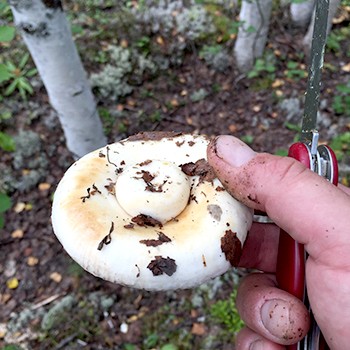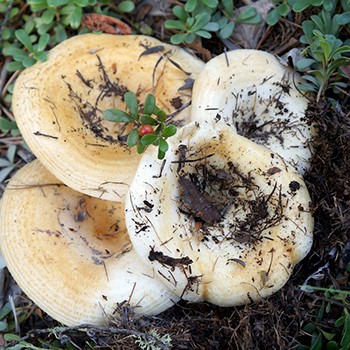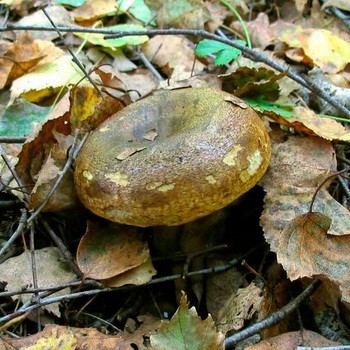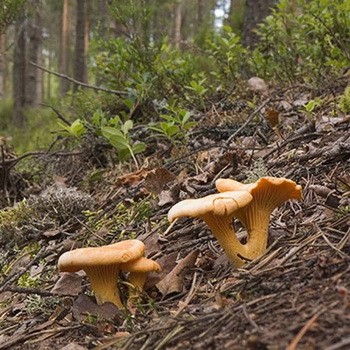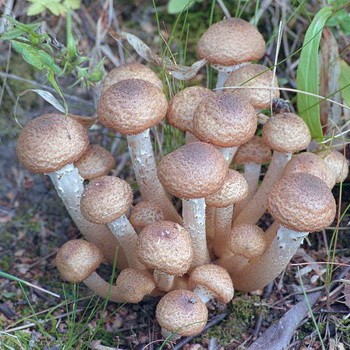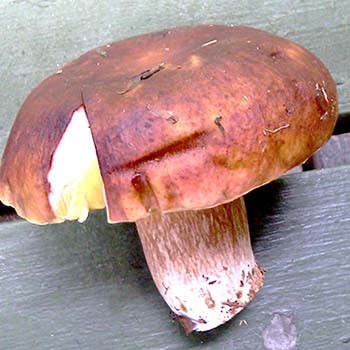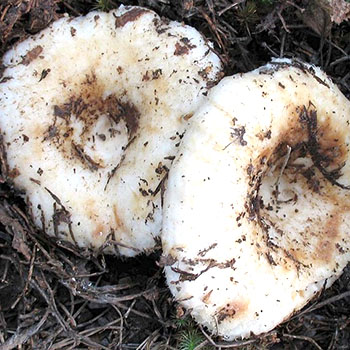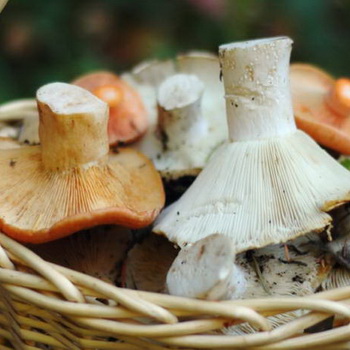Where do mushrooms grow: in what forests should they be found
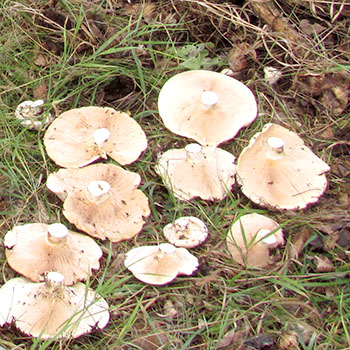
Usually, local residents of nearby towns and villages know where the most mushroom spots are located. Therefore, going on a quiet hunt, it would be nice to get a local guide. Based on this material about where the mushrooms grow and in which forests it is easier to search for them at different times of the year, in any case, rich harvest can be collected.
Content
Where and in what forests mushrooms mushrooms grow
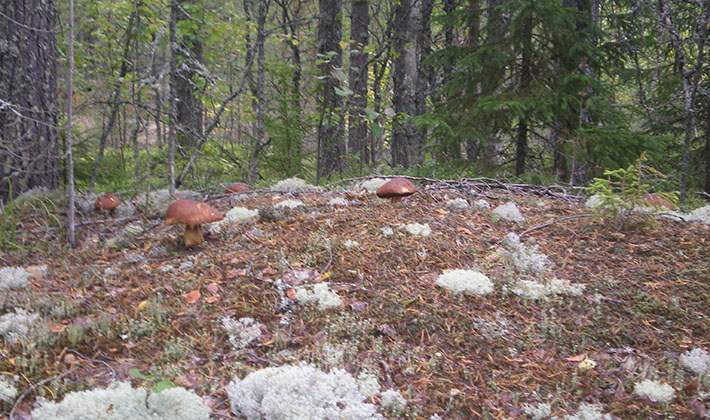 Mushroom picking is an active, exciting, incomparable vacation. Everyone is available "silent hunt" with a basket in their hands. Therefore, mushroom pickers are the most numerous army among tourists and hunters. It is better to look for mushrooms with the rising of the sun, through dew or in the rain: the hats shine, in the eyes it does not dazzle, the sun does not blind. But first you need to find out where mushrooms grow and in what forests it is productive to look for them.
Mushroom picking is an active, exciting, incomparable vacation. Everyone is available "silent hunt" with a basket in their hands. Therefore, mushroom pickers are the most numerous army among tourists and hunters. It is better to look for mushrooms with the rising of the sun, through dew or in the rain: the hats shine, in the eyes it does not dazzle, the sun does not blind. But first you need to find out where mushrooms grow and in what forests it is productive to look for them.
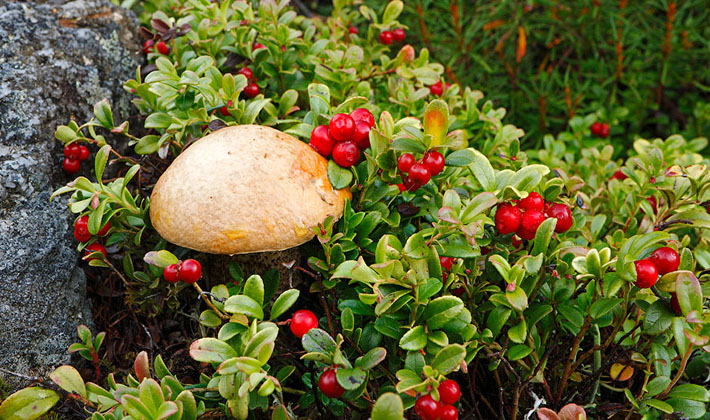 And then the mushrooms are the most juicy, strong, fragrant or, as they say, vigorous. To preserve the freshness of the mushrooms, it is best to collect them in a wicker willow basket. You cannot collect mushrooms in buckets, bags, plastic bags - mushrooms crumple in them, crumble, air does not enter such containers, and mushrooms “burn out”.
And then the mushrooms are the most juicy, strong, fragrant or, as they say, vigorous. To preserve the freshness of the mushrooms, it is best to collect them in a wicker willow basket. You cannot collect mushrooms in buckets, bags, plastic bags - mushrooms crumple in them, crumble, air does not enter such containers, and mushrooms “burn out”.
What forests grow white breasts
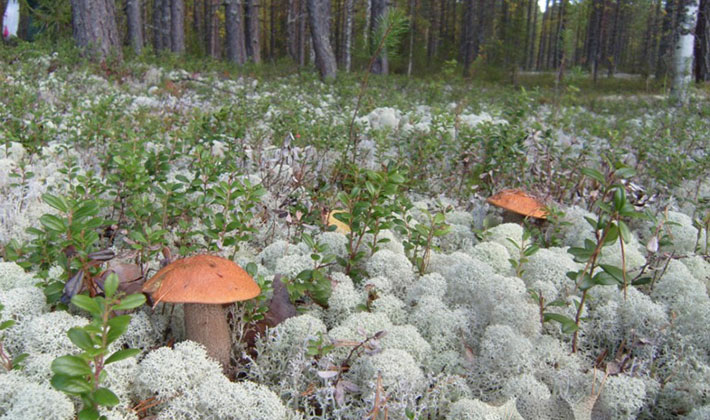
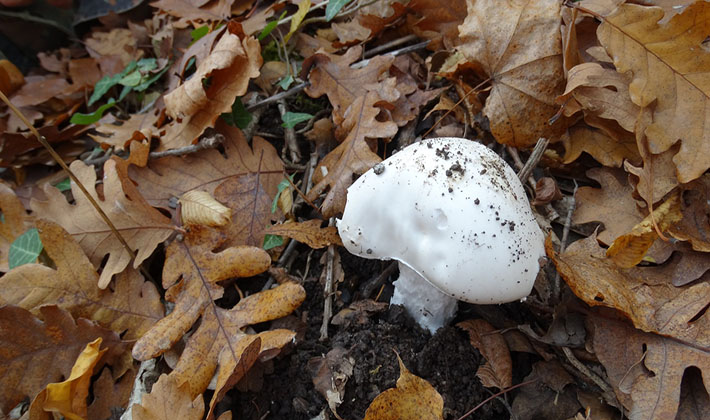
A real chest (a white chest, a crude chest). It grows in birch and especially in spruce and pine-birch forests of the central regions of the European part of our country, in Transbaikalia and in the regions of Western Siberia. In the Volga region and in the Urals, real breasts are called raw breasts for the slightly mucous surface of the hat. In Siberia they are called legal breasts, i.e. real. This is general information about the forests in which white breasts grow, but in different places their locations can vary.
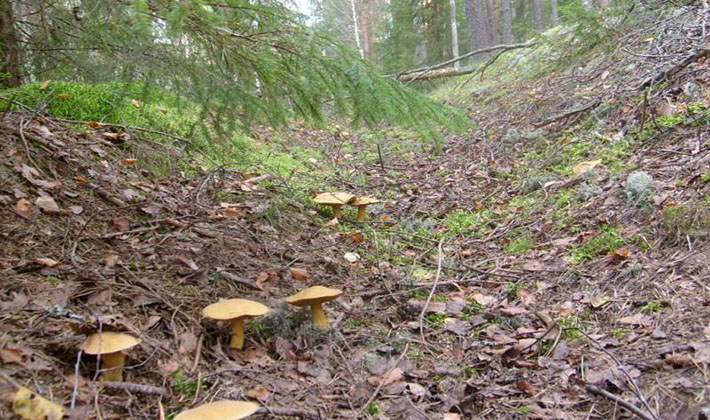 They grow from July to September, in large groups, as they say, in packs. Hence the name of the mushrooms, which came from the ancient Slavic “Georgia”, “breast” (pile, heap). To collect them, you need a special skill. The breasts are hidden under a layer of forest litter, and only tubercles from last year's leaves and needles help to detect them. Favorite habitats are birch groves, deciduous and mixed forests, sandstones. The pulp is well developed, dense, brittle, white, does not change color at the break, with a plentiful burning milk juice, yellowing in the air, with a slight mushroom smell. The plates are narrow, descending, frequent, branched, white with a yellowish edge. The leg is cylindrical, to maturity, hollow, white, sometimes with yellowish spots.
They grow from July to September, in large groups, as they say, in packs. Hence the name of the mushrooms, which came from the ancient Slavic “Georgia”, “breast” (pile, heap). To collect them, you need a special skill. The breasts are hidden under a layer of forest litter, and only tubercles from last year's leaves and needles help to detect them. Favorite habitats are birch groves, deciduous and mixed forests, sandstones. The pulp is well developed, dense, brittle, white, does not change color at the break, with a plentiful burning milk juice, yellowing in the air, with a slight mushroom smell. The plates are narrow, descending, frequent, branched, white with a yellowish edge. The leg is cylindrical, to maturity, hollow, white, sometimes with yellowish spots.
In which forests grows black breast
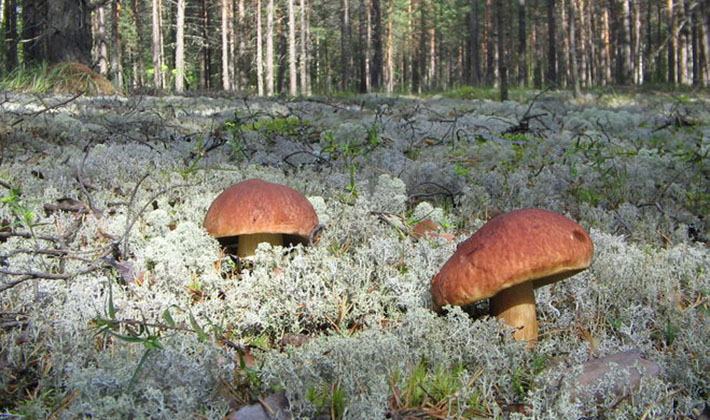 Black loaf is a conditionally edible mushroom, known to most mushroom pickers as black, black-faced or gypsy. It grows in large colonies from mid-July to mid-October, giving high yields annually. In which forests grow black breasts: most often it can be found in open areas of coniferous or mixed forests, as well as along roadsides.
Black loaf is a conditionally edible mushroom, known to most mushroom pickers as black, black-faced or gypsy. It grows in large colonies from mid-July to mid-October, giving high yields annually. In which forests grow black breasts: most often it can be found in open areas of coniferous or mixed forests, as well as along roadsides.
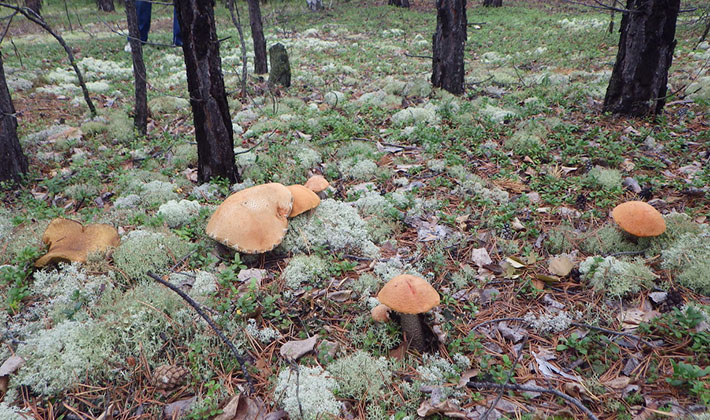 Black lump grows in moist mixed forests with a predominance of birch, hazel.It is found everywhere, but in many areas it is underestimated. In oak forests, deciduous forests with a predominance of oaks and hazels, as well as on humus loams, oak clusters grow in small groups from mid-July to the end of September.
Black lump grows in moist mixed forests with a predominance of birch, hazel.It is found everywhere, but in many areas it is underestimated. In oak forests, deciduous forests with a predominance of oaks and hazels, as well as on humus loams, oak clusters grow in small groups from mid-July to the end of September.
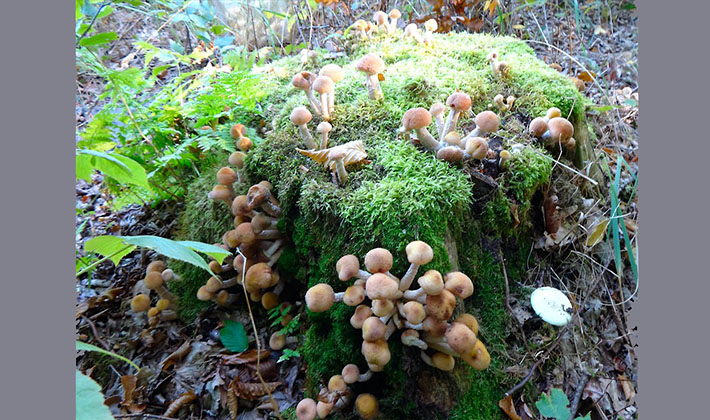 The yellow lump grows in large groups in the northern regions of Russia from the end of July to the beginning of October, with the peak of harvesting from mid-August to the end of September. You need to look for it on the moist soils of spruce forests, pine forests and mixed forests.
The yellow lump grows in large groups in the northern regions of Russia from the end of July to the beginning of October, with the peak of harvesting from mid-August to the end of September. You need to look for it on the moist soils of spruce forests, pine forests and mixed forests.
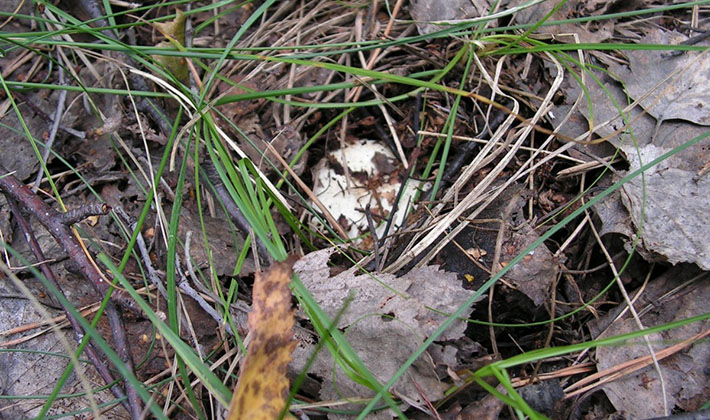 The aspen chestnut, known to some mushroom pickers as the poplar chestnut, grows singly or in small groups from mid-July until the first frost in deciduous forests with a predominance of poplar or aspen, as well as in lowlands and at the bottom of ravines.
The aspen chestnut, known to some mushroom pickers as the poplar chestnut, grows singly or in small groups from mid-July until the first frost in deciduous forests with a predominance of poplar or aspen, as well as in lowlands and at the bottom of ravines.
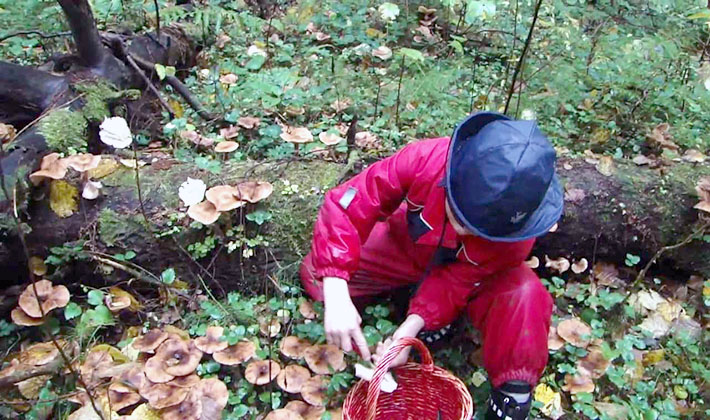 Peppercorns, growing mainly in small groups from mid-July to the first autumn frosts, and especially active in August and September. The places of greatest distribution are deciduous forests with a predominance of birch, oak or hazel, although it can be found almost everywhere.
Peppercorns, growing mainly in small groups from mid-July to the first autumn frosts, and especially active in August and September. The places of greatest distribution are deciduous forests with a predominance of birch, oak or hazel, although it can be found almost everywhere.
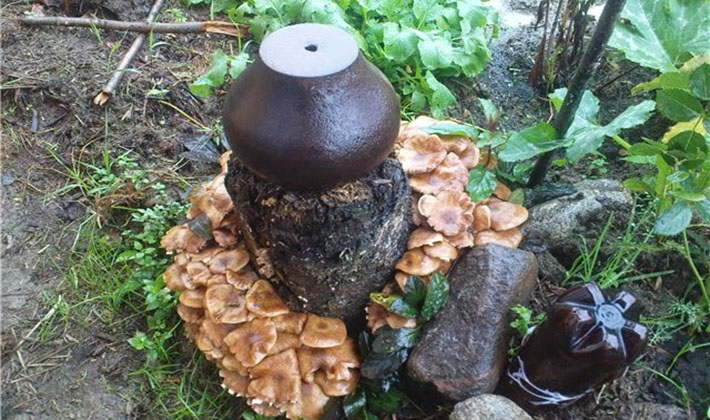 The lump is blue, another name is a lap of dogs or a litter of golden yellow lilac, grows singly and in small groups from mid-August to the first snow. He prefers moist areas of soil with a thick layer of fallen leaves, located in coniferous and mixed forests, as his favorite habitat.
The lump is blue, another name is a lap of dogs or a litter of golden yellow lilac, grows singly and in small groups from mid-August to the first snow. He prefers moist areas of soil with a thick layer of fallen leaves, located in coniferous and mixed forests, as his favorite habitat.
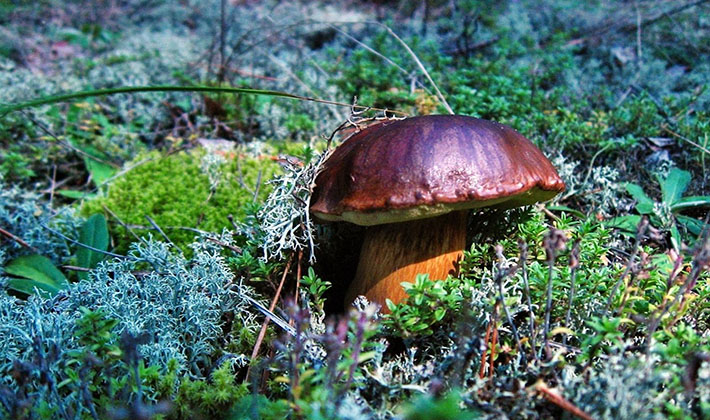 The parchment mass grows in small groups from mid-August to the end of September, annually giving steadily stable crops. You can meet him in deciduous and coniferous forests.
The parchment mass grows in small groups from mid-August to the end of September, annually giving steadily stable crops. You can meet him in deciduous and coniferous forests.
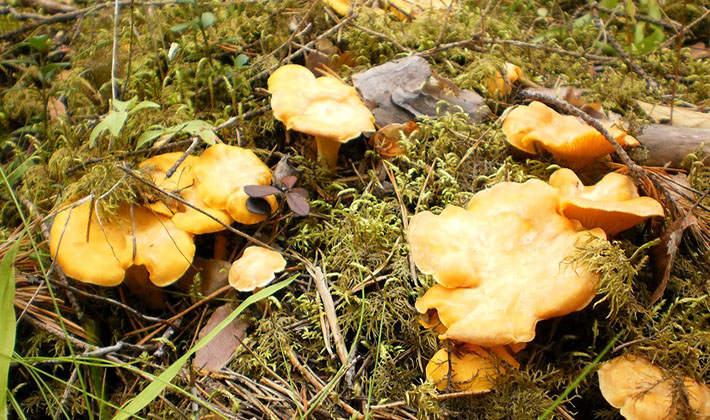 Peppermint grows predominantly in small groups from mid-July until the first autumn frosts, and is especially active in August and September. The places of greatest distribution are deciduous forests with a predominance of birch, oak or hazel, although it can be found almost everywhere.
Peppermint grows predominantly in small groups from mid-July until the first autumn frosts, and is especially active in August and September. The places of greatest distribution are deciduous forests with a predominance of birch, oak or hazel, although it can be found almost everywhere.
Look at the forests in which mushrooms grow; in the video, an experienced mushroom picker talks about where to look for them.
